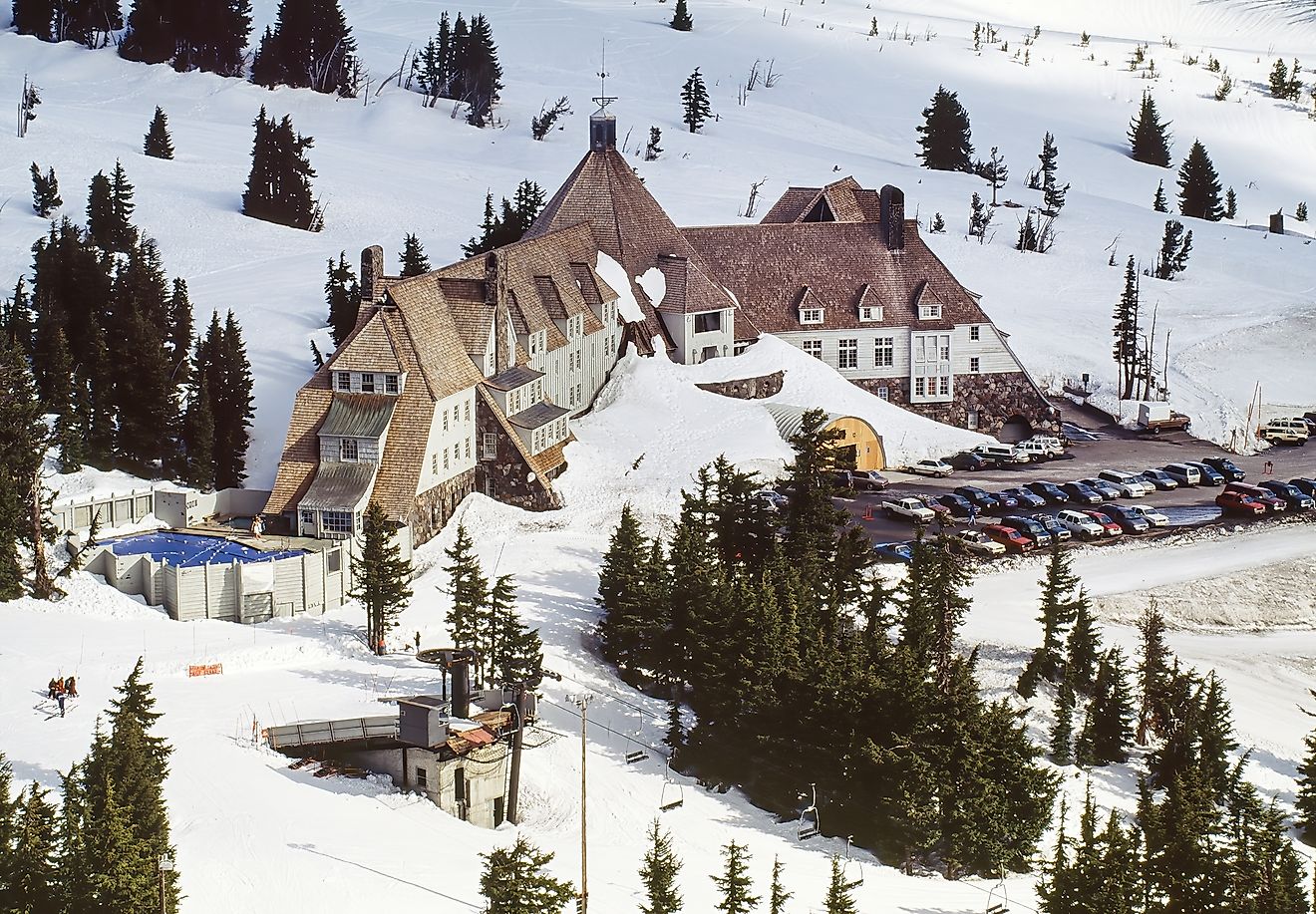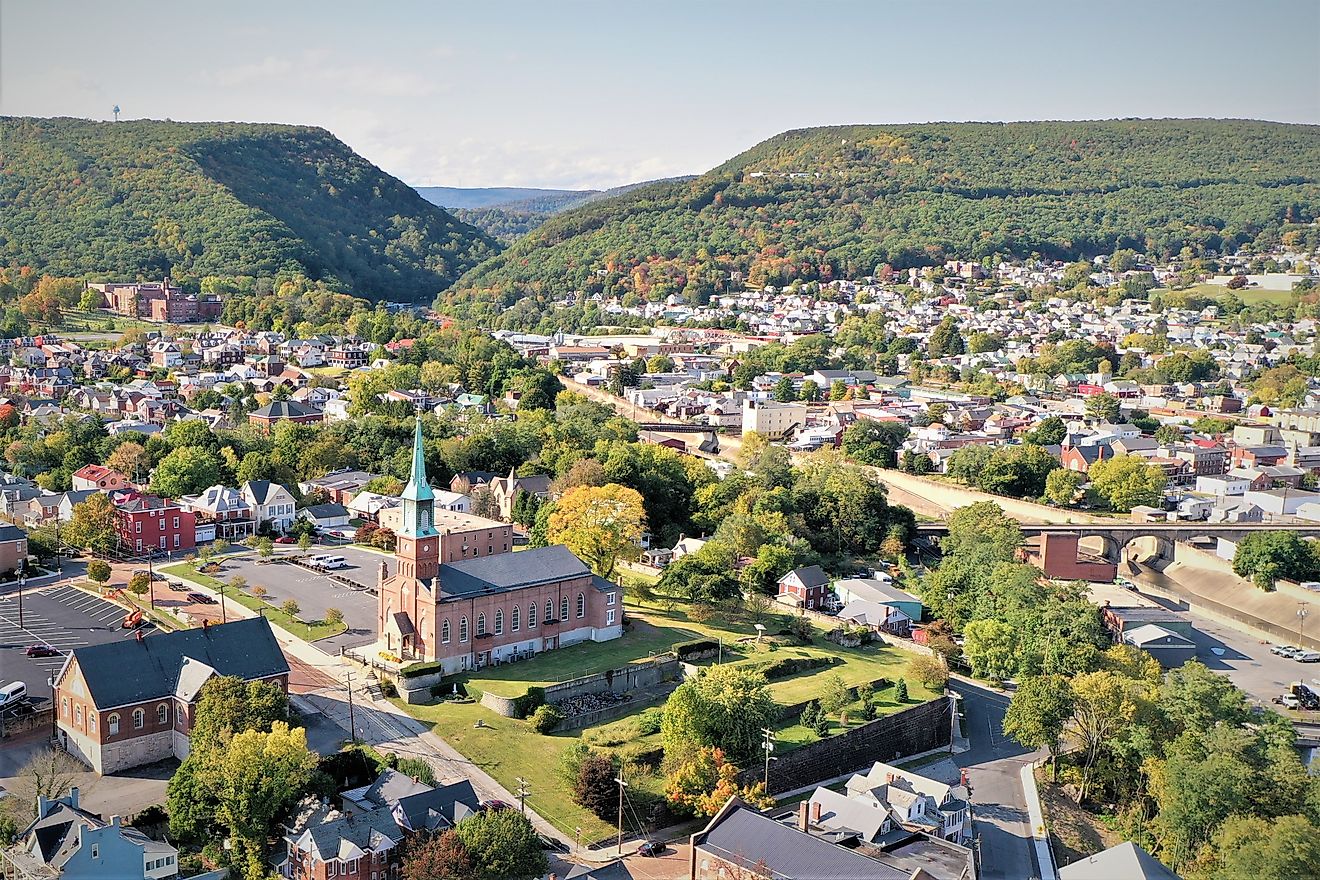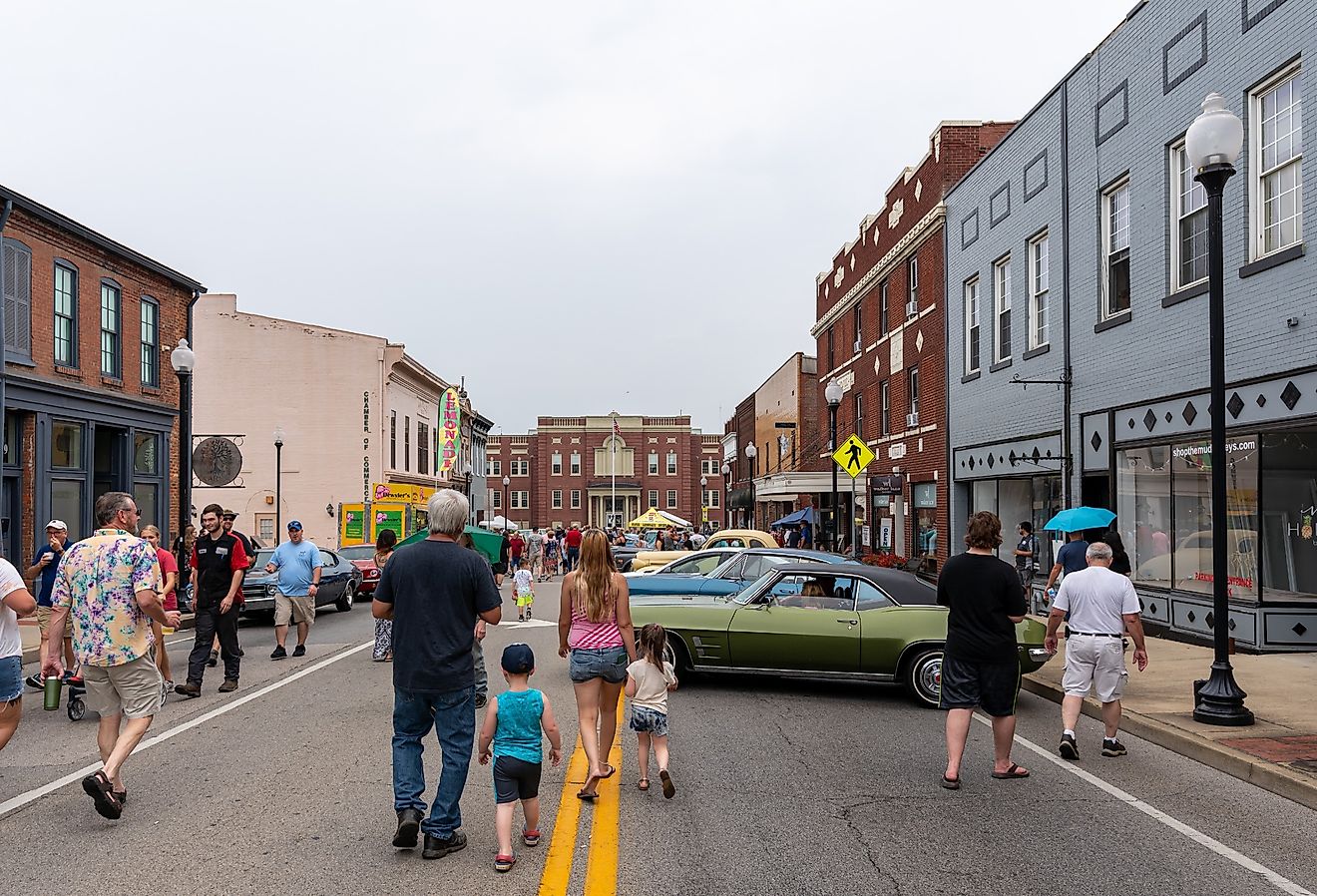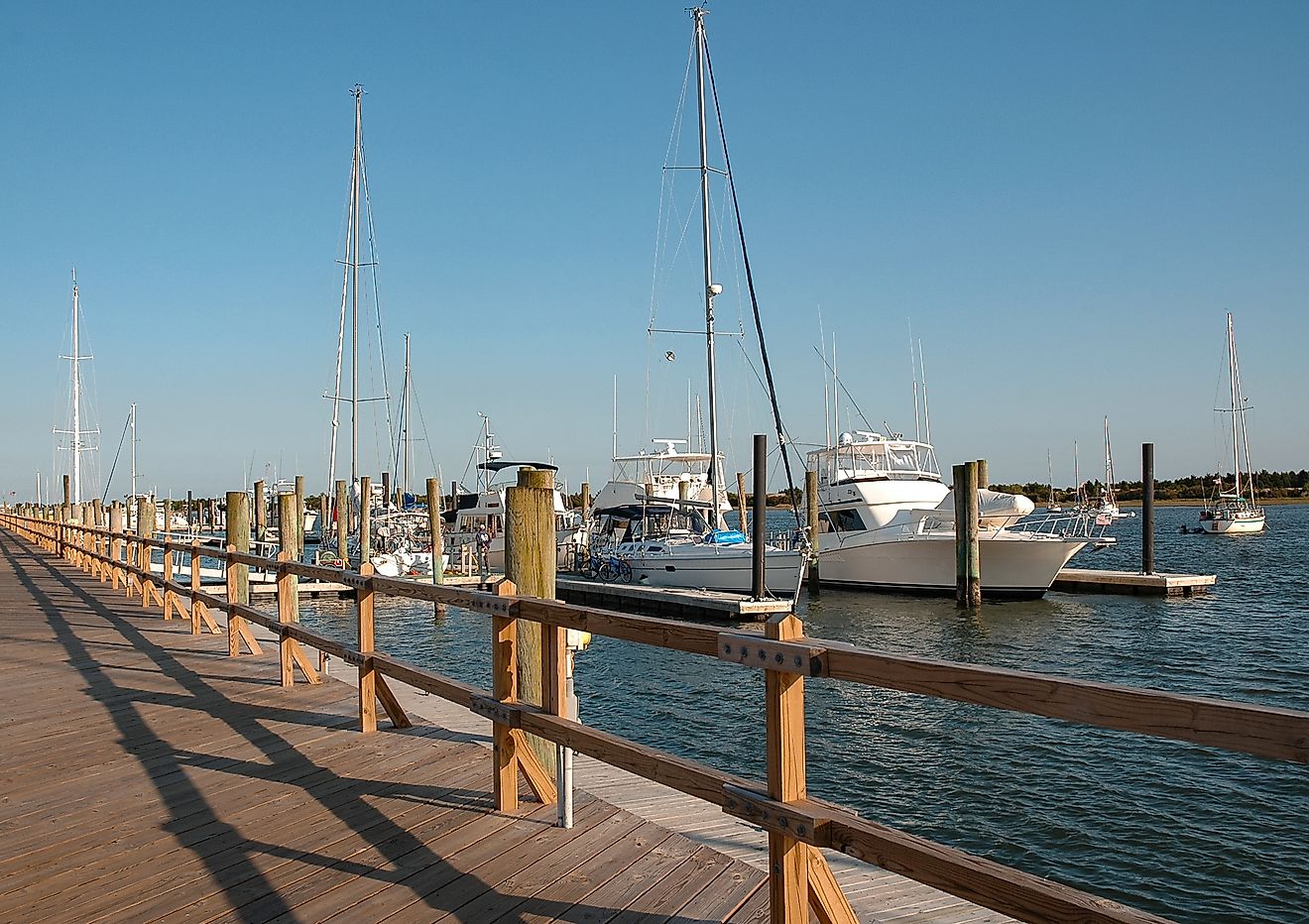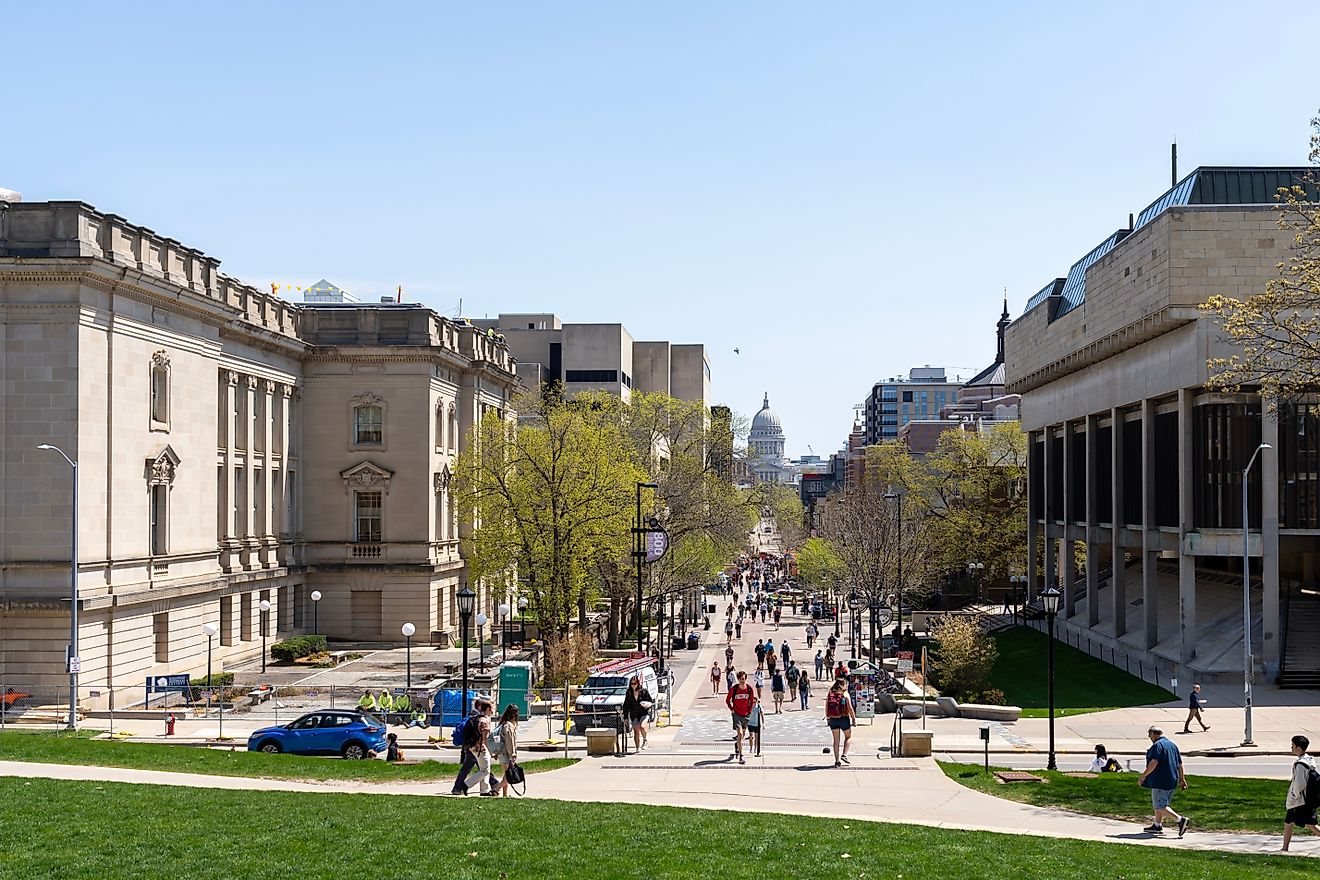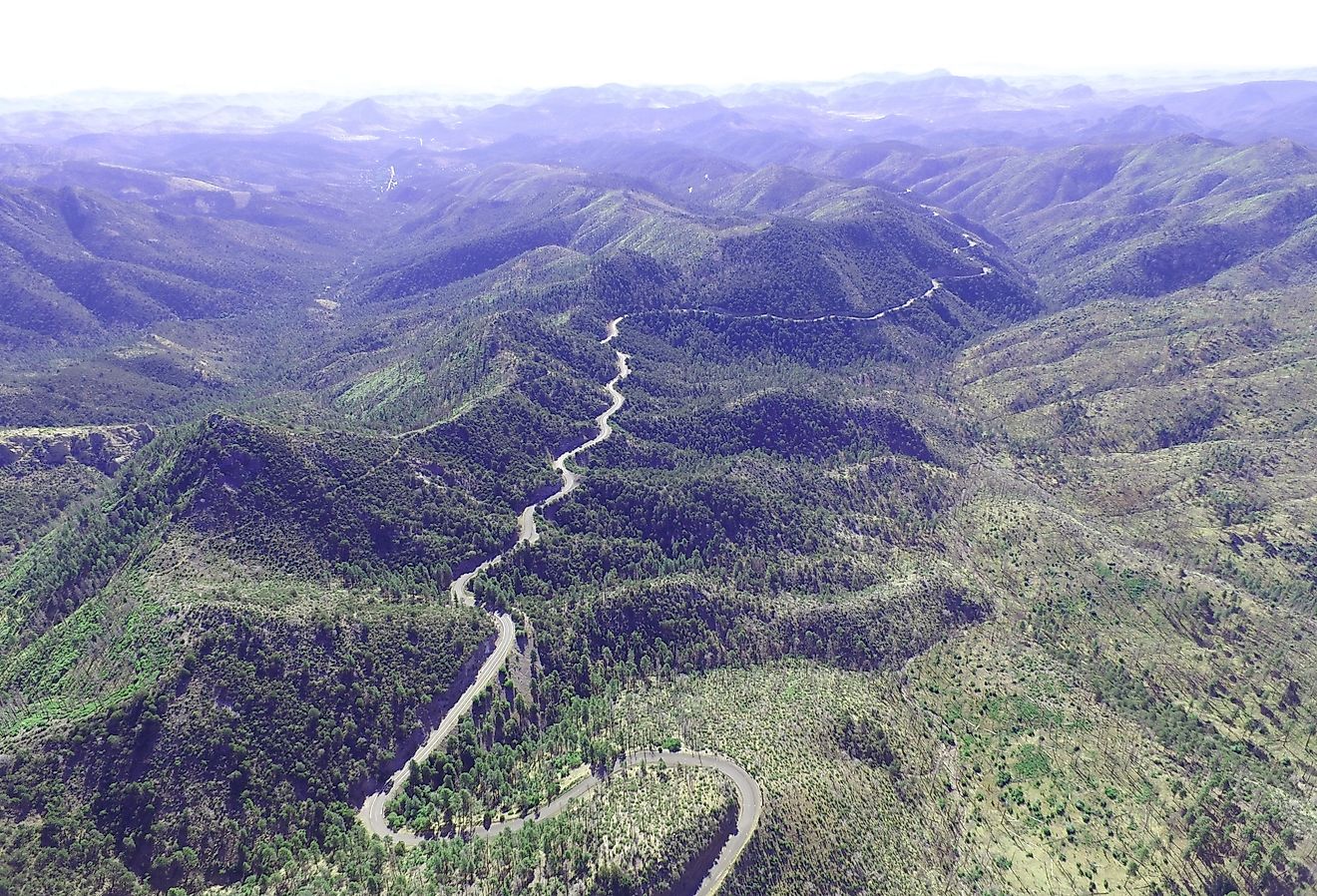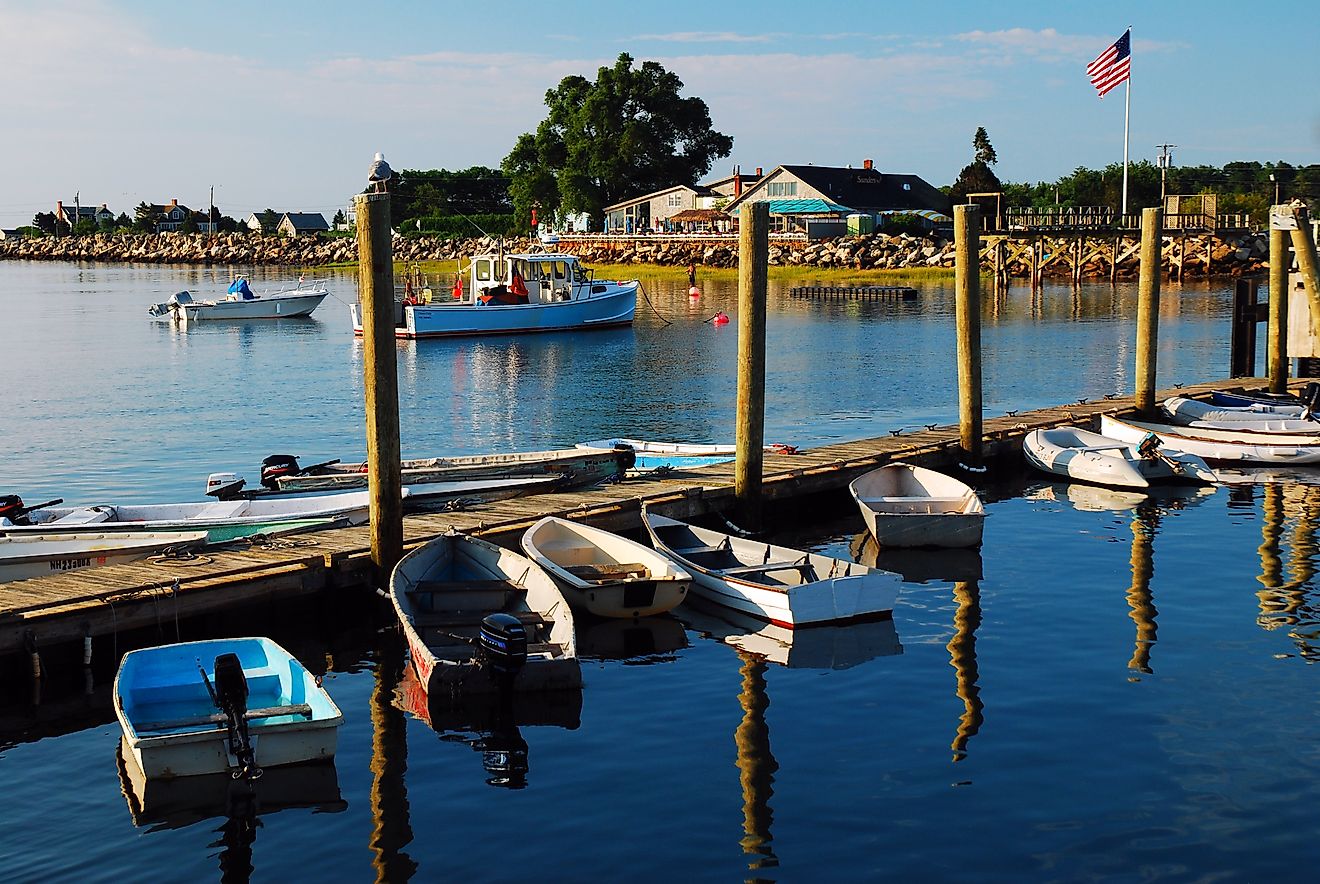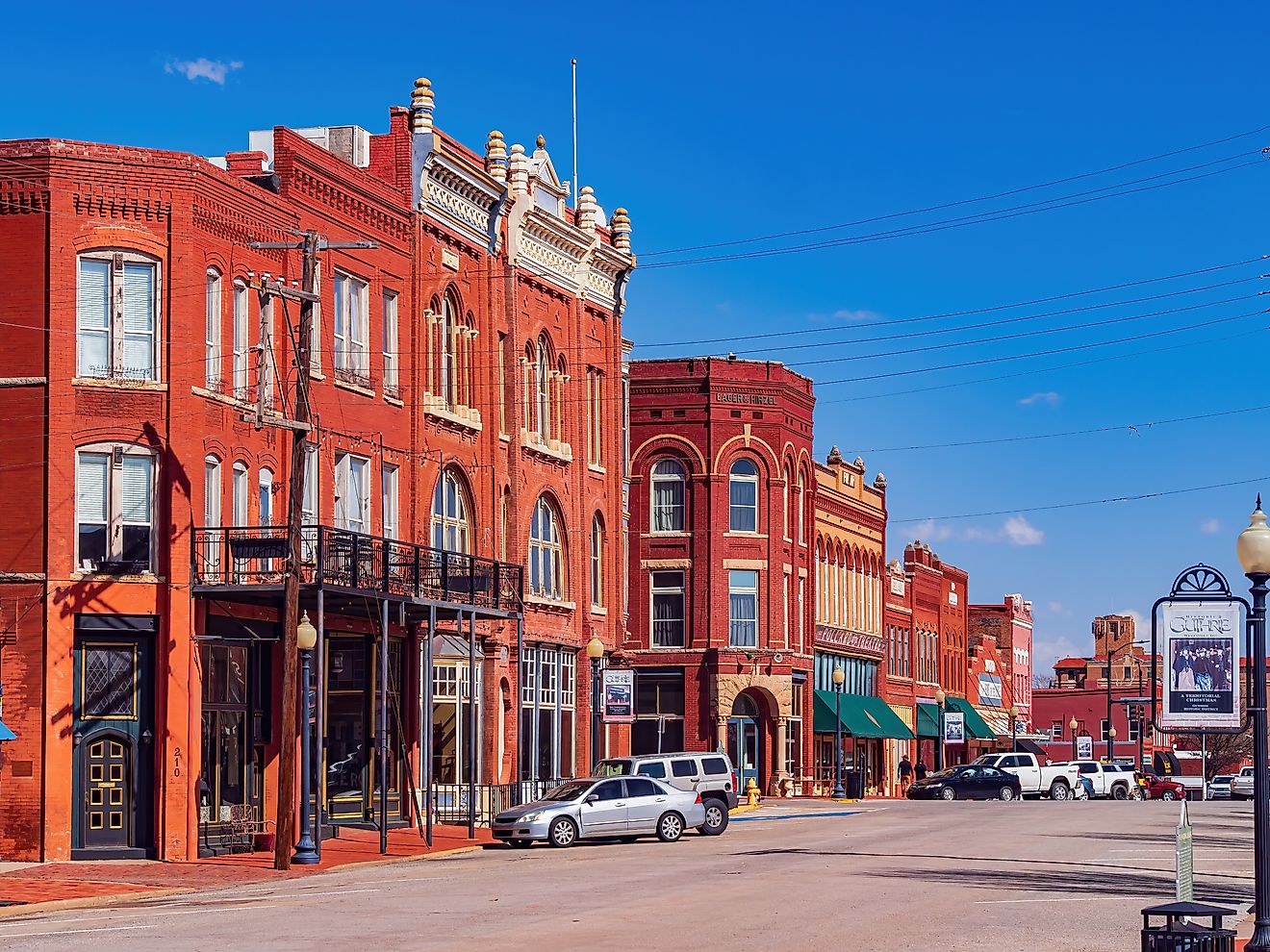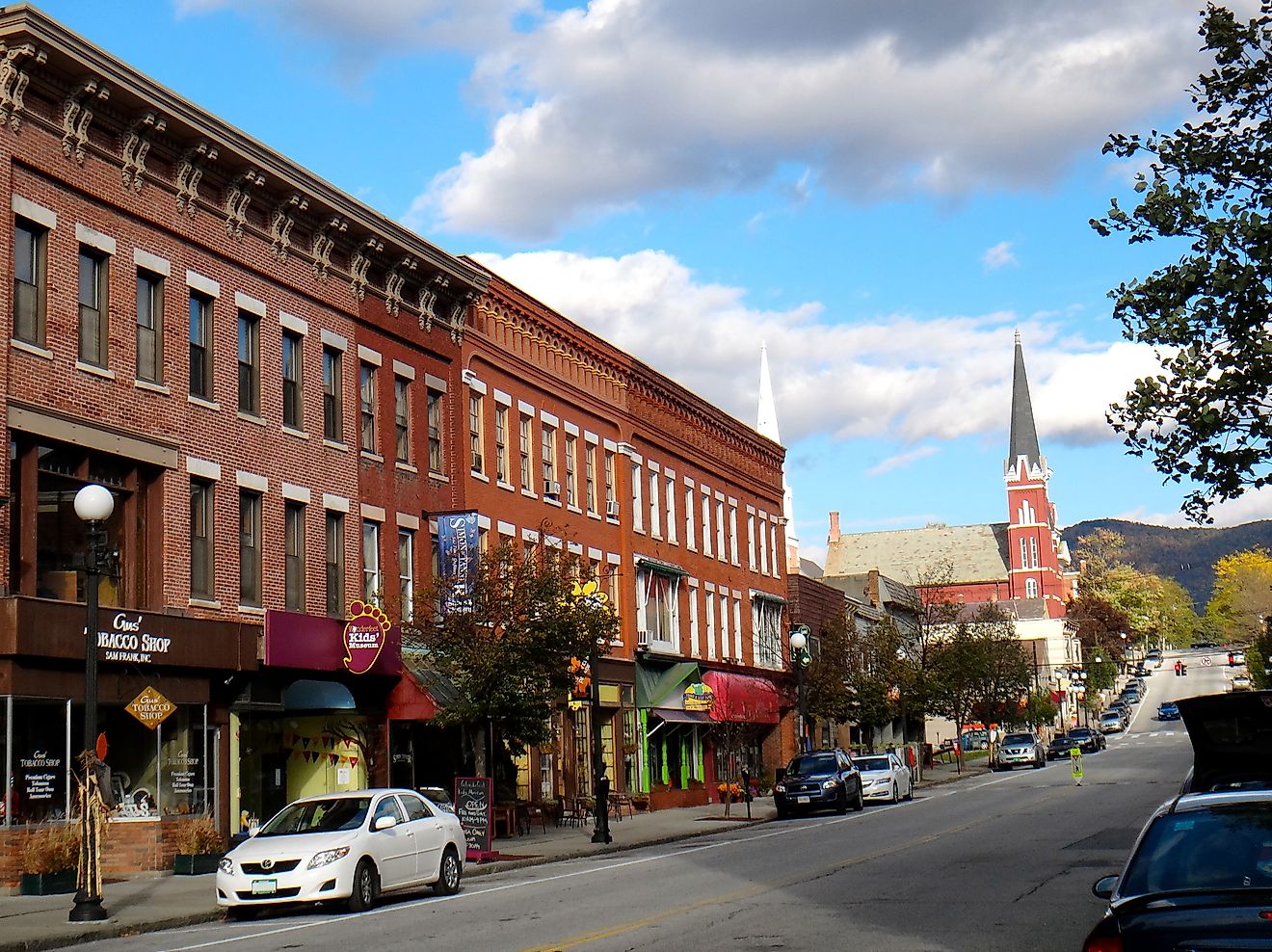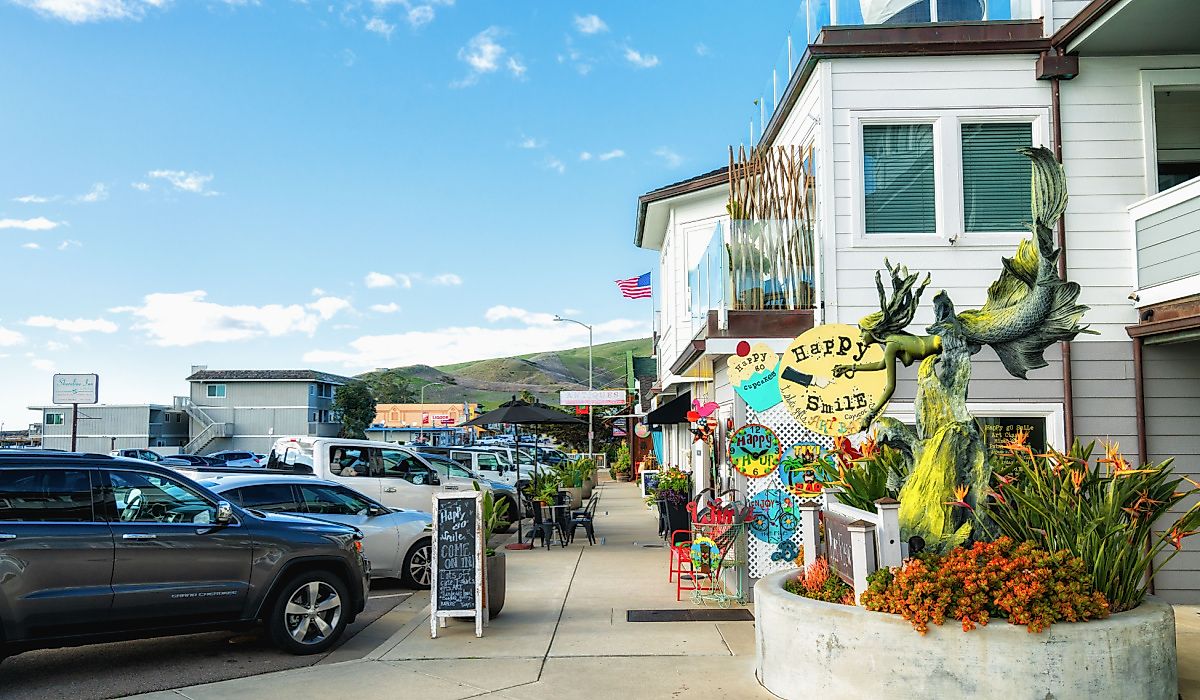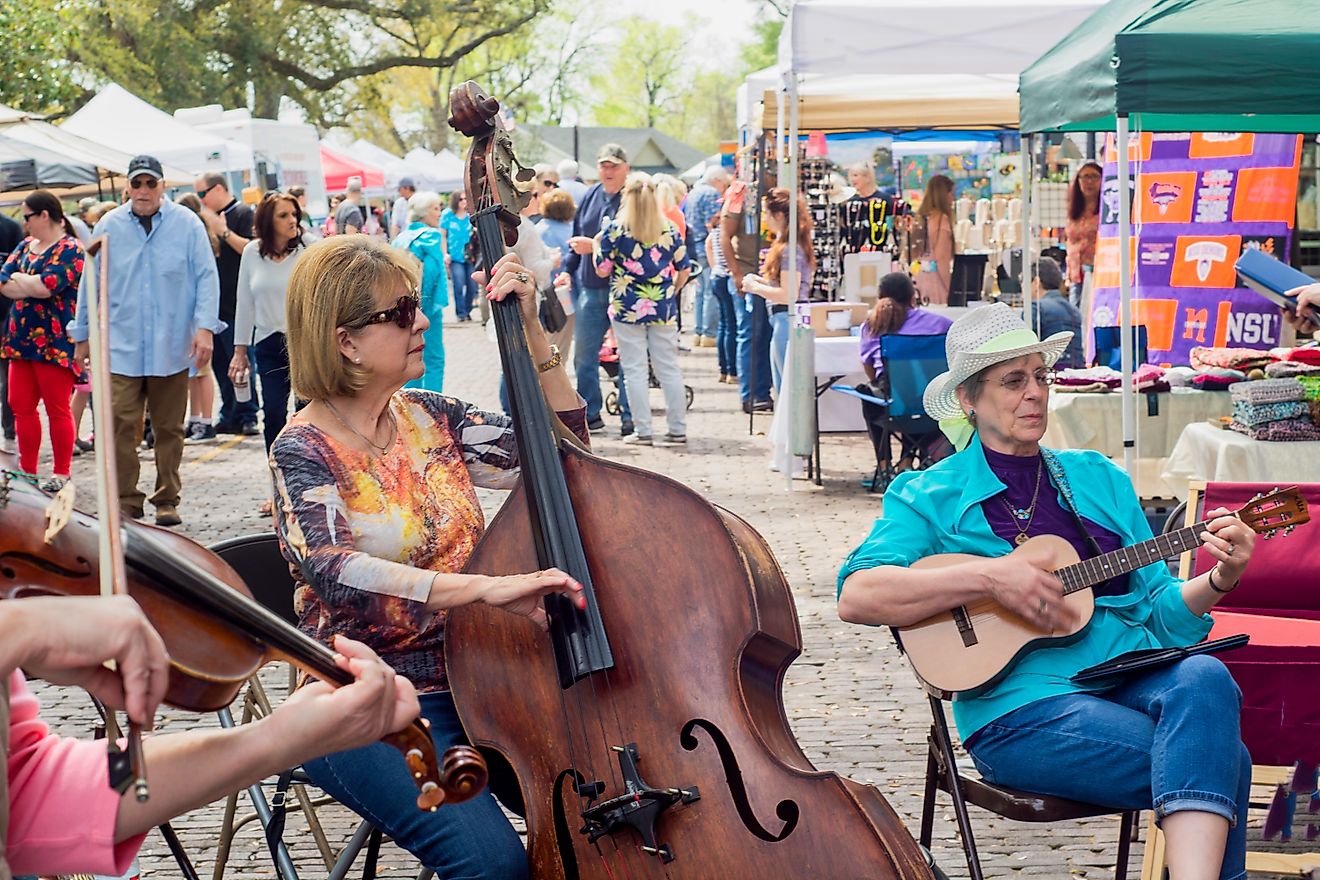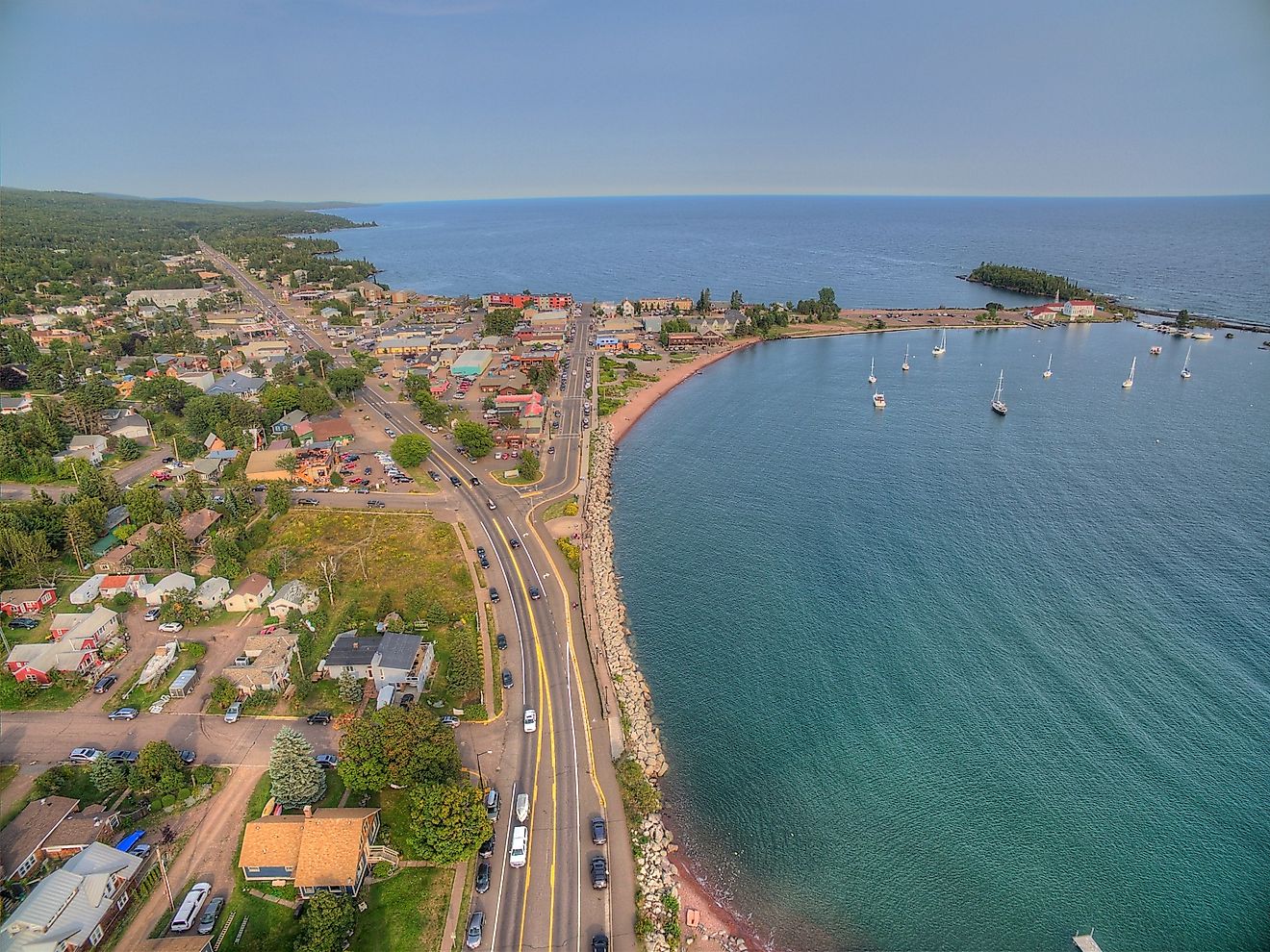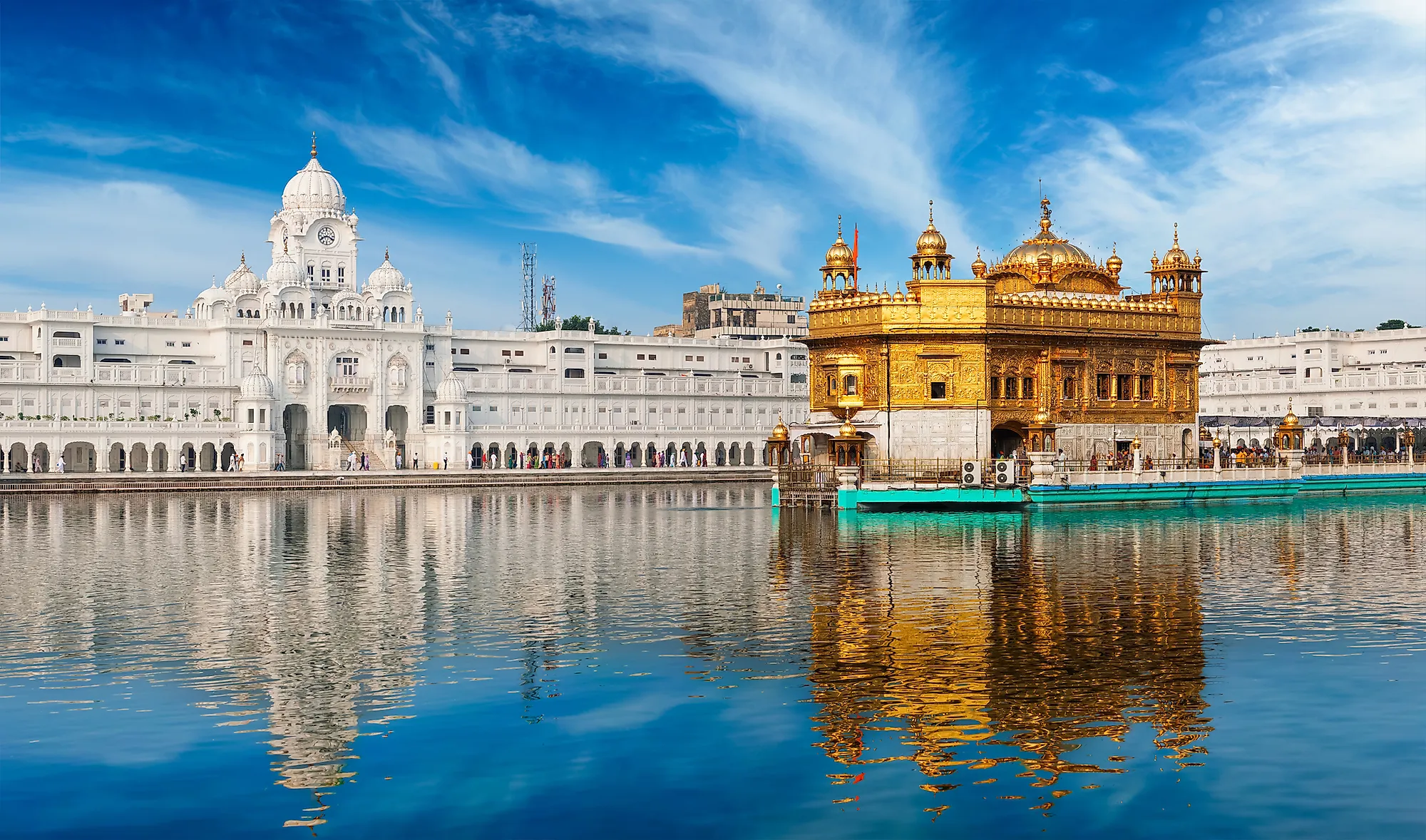
Amritsar, India
Occupying an area of 3,287,263 sq. km, India is the world’s 7th largest and the 2nd most populous nation. India shares its land borders with Bhutan, Bangladesh, China, Myanmar, Nepal, and Pakistan. The South Asian Nation is bounded by the Indian Ocean in the south, the Arabian Sea in the southwest, and the Bay of Bengal in the southeast.
Geographically positioned in the north-western part of India, the State of Punjab occupies an area of 50,362 sq. km, which accounts for about 1.53% of the country’s geographical area. The name “Punjab” means “the land of five rivers” and refers to the five major tributaries of River Indus – Beas, Chenab, Jhelum, Ravi, and Sutlej, which drains the fertile plains of this north Indian State. Punjab shares borders with the Indian State of Haryana in the south and southeast; Rajasthan in the southwest; Himachal Pradesh in the north and northeast; the Indian Union Territory of Chandigarh in the east and Jammu and Kashmir in the north. The State shares an International Border with Pakistan’s Punjab province in the west.

The State of Punjab has a rich history. The Indus Valley Civilization flourished in this region from 2,500 to 1,900 BCE. Punjab was occupied successively by the Kushan Empire, the Guptas, and then by Emperor Harshavardhana. Punjab was conquered by the Muslims and came under Muslim rule from 1,000CE onwards. In the 1500s, the Sikh Gurus founded Sikhism in the greater Punjab region, which eventually resulted in the formation of the Sikh Confederacy and the Sikh Empire in 1801. However, the Sikh Empire ceded the greater Punjab region to the British East India Company in 1849.
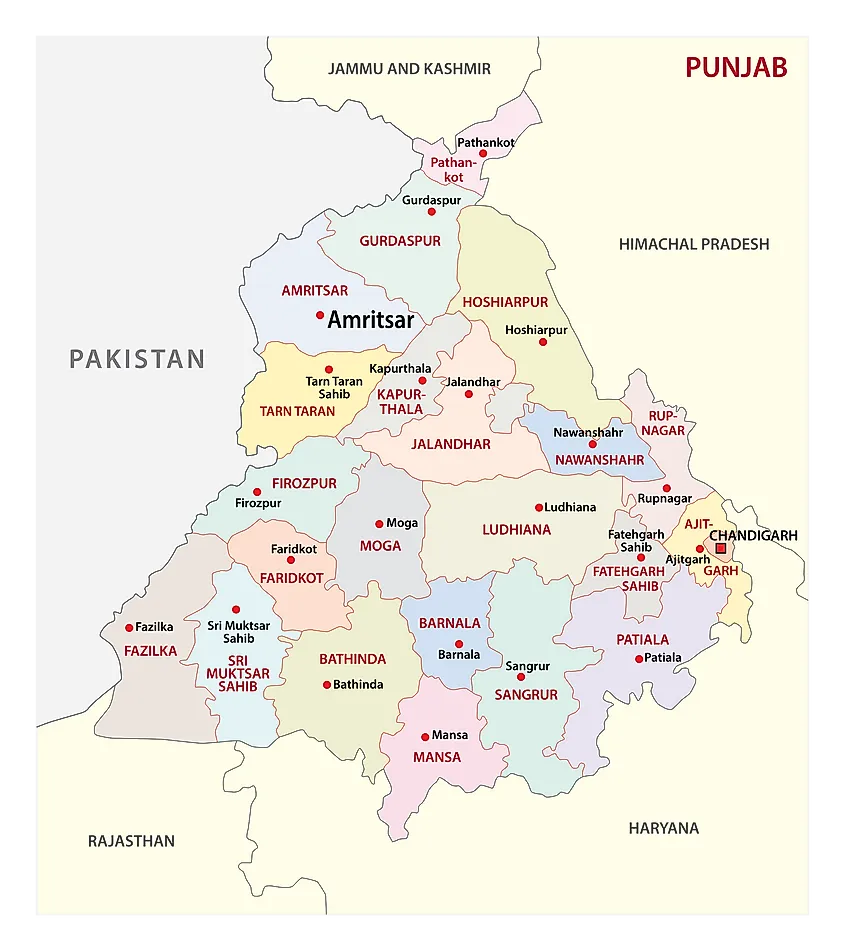
Currently, the 22 districts of Punjab are classified into 4 regions: Doaba, Majha, Malwa, and Poadh. Situated in the State’s Majha region in the Amritsar district is the historic city of Amritsar. It is also the State’s 2nd largest and most important city. Amritsar serves as the principal cultural, commercial, and transportation center of the State of Punjab.
Geography
The city of Amritsar is located about 455km northwest of the National Capital New Delhi; 217km northwest of the State’s Capital Chandigarh; and 47km northeast of the Pakistani city of Lahore. The International Indo-Pak (Wagah) border is just 28km away from the city of Amritsar.
The city of Amritsar experiences a typical northwestern Indian hot semi-arid climate. The city faces four primary seasons: summer (from April to June), monsoon (from July to September), post-monsoon (from October to November), and winter (from December to March). During the summer months, the temperature often rises as high as 45°C, while during winter, the temperature often falls to -1°C. Amritsar receives an average annual rainfall of about 703.4mm.
Brief History
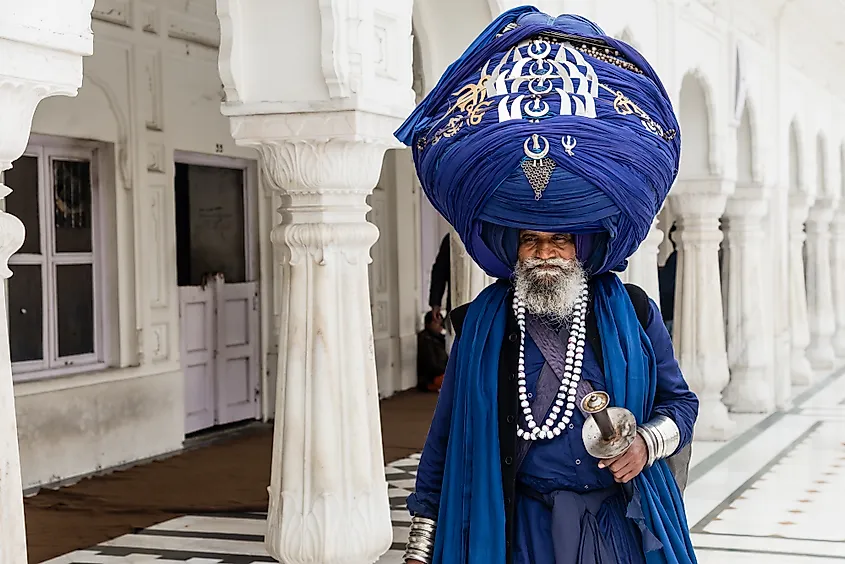
The 4th Sikh Guru – Guru Ram Das founded the holy city of Amritsar in 1577. There are two different versions of how the Sikh Guru got the land for the city. The first version from the 1892-93 Gazetteer record of Amritsar district stated that the land was granted to the Guru by the Mughal Emperor Akbar. According to another version, the land of Amritsar was purchased through the generous donations of the followers of Sikhism for Rupees 700 from the owners of the Tung village.
It is believed that before the city was founded, the area was covered with several lakes and dense forests. The Sikh chronicles record that Guru Ram Das had invited 52 different traders and craftsmen who resided in the adjacent villages of Kasur, Kalanaur, and Patti, to settle in the new city. Guru Ram Das himself started to live among these families in the city which was then colloquially known as “Ramdaspur”.
Guru Ram Das then ordered the excavation of a sacred ‘tank’ that was known as “Amrit Sarovar” (“Pool of Nectar”). The city was eventually named “Amritsar” after this sacred tank. During the time of the 5th Sikh Guru – Guru Arjan Dev, who succeeded Guru Ram Das, the “Amrita Saras” was expanded to build a temple in the center. The foundation stone of the temple – Sri Harmandir Sahib/ Sri Darbar Sahib was laid in 1589 by Mir Mian Mohammed, who was a Muslim Pir of Lahore. After the construction of the temple was completed, a copy of the Holy Granth Sahib was ceremonially installed in the main temple in 1604. The Harmandir Sahib Gurudwara, therefore, became one of the holiest shrines of Sikhism.
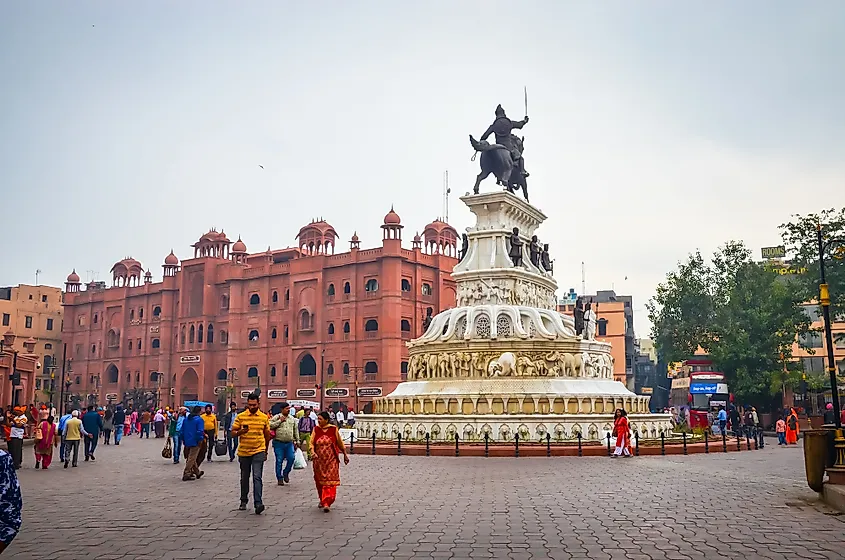
In 1805, Maharaja Ranjit Singh took control of Amritsar and in 1822 he began fortifying the city. The construction of the wall started in the Katra Maha Singh area. The Maharaja’s son Sher Singh continued with the wall’s construction which included 12 gates and a fort named “Dhoor Kot”. In 1849, when the British annexed Punjab, Amritsar was known as a “walled city”. However, the invaders eventually decided to demolish the walls. After the demolition, the British started constructing a new wall with 13 gates instead of the original wall that had 12 gates. The Hall Gate was built in 1866 and was named after CH Hall who served as the Deputy Commissioner. In due course of time, the new wall that was made by the British had also perished.
Major Attractions
Harmandir Sahib Gurudwara/Golden Temple
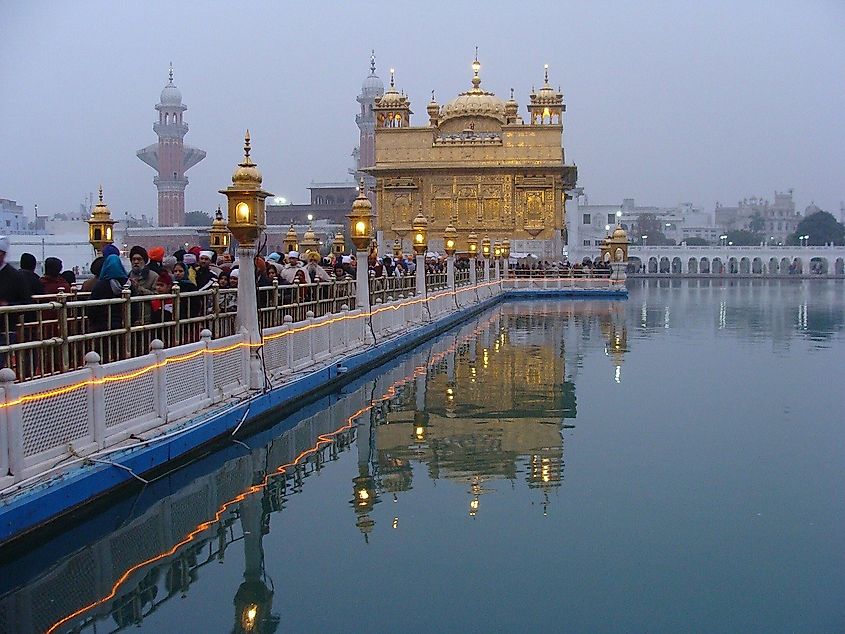
The highly revered Harmandir Sahib Gurudwara is considered the most prominent religious site in India and also the holiest spiritual site of Sikhism. Known as the Sri Harmandir Sahib or Sri Darbar Sahib to the Sikhs, the Harmandir Sahib Gurudwara is regarded as a place of worship for people from all walks of life and is open for followers from all religions. The Gurudwara is a two-storeyed structure – the upper floors of the Gurudwara were covered with about 750kgs of pure gold by Maharaja Ranjit Singh in 1830, earning the Gurudwara its more popular name – “The Golden Temple”. The rest of the temple is built in white marble. The Sixth Sikh Guru – Guru Hargobind installed the Akal Takht (“Eternal Throne”) in the temple complex. The temple is surrounded by the “Amrit Sarovar” whose waters are believed to have healing powers. During the day the holy Granth Sahib is kept inside the temple and at night it is taken to the Akal Takht. The Golden Temple is one of the most visited gurudwaras and is visited daily by more than 1,00,000 people.
Jallianwala Bagh
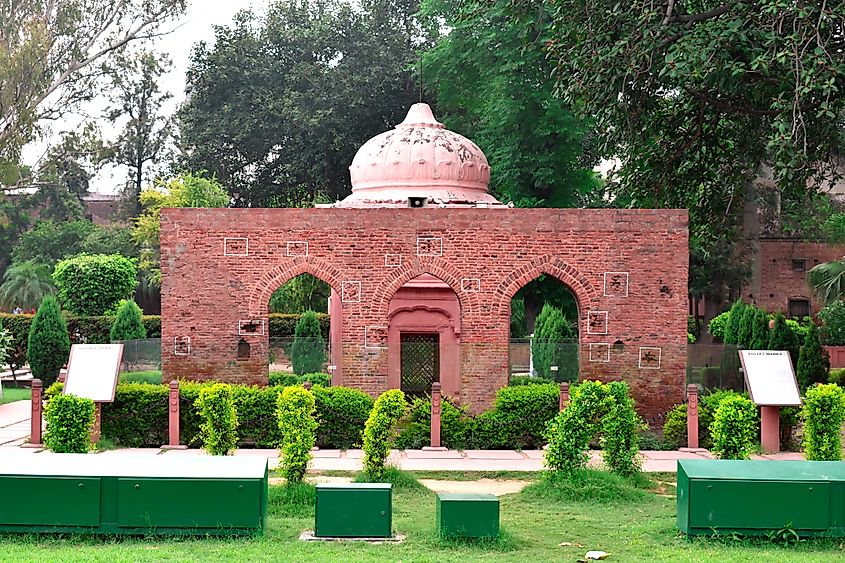
Situated near the Golden Temple, the Jallianwala Bagh is a 28,000 sq. m public garden that houses a “national memorial” that was built to commemorate the killing of a large number of Indian civilians by the British forces. On April 13, 1919, the day of the Baisakhi festival, Reginald Edward Harry Dyer – a British military officer had opened fire on a group of innocent Indians who were then participating in a meeting at the Jallianwala Bagh. The bullets that were fired by the British at the Jallianwala Bagh can still be seen at well situated at the park’s entrance and on a wall that is located at the end of the park. The Jallianwala Bagh is currently managed by the Jallianwala Bagh National Memorial Trust.
Shri Ram Tirath and Valmiki Tirath
Bhagwan Valmiki Tirath Sthal is a temple complex that is situated about 11km to the west of the city of Amritsar. The temple is dedicated to Sage Maharishi Valmiki – the author of the great epic Ramayana. The place is also regarded as the birthplace of Lava and Kusha, the sons of Lord Ram and Devi Sita. Ram Tirth is believed to be the site of the fight between the army of Lord Ram and Lava and Kusha. The temple complex is currently managed by the Valmiki Tirath Development Board.
Partition Museum
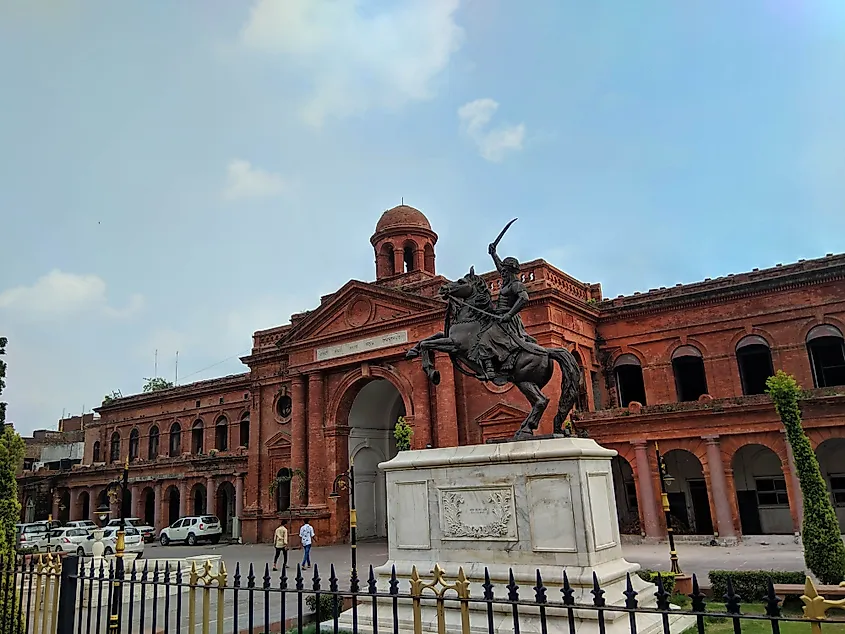
The Town Hall of Amritsar houses the Partition Museum which tells the story of the largest migration in human history, which took place after the division of British India into two independent dominions of India and Pakistan in 1947. The museum showcases documents, materials, stories, newspaper clippings, and artifacts belonging to the Partition survivors. It is estimated that more than 800,000 people were killed following the post-partition riots that took place from August 1947 to January 1948.
Wagah Border
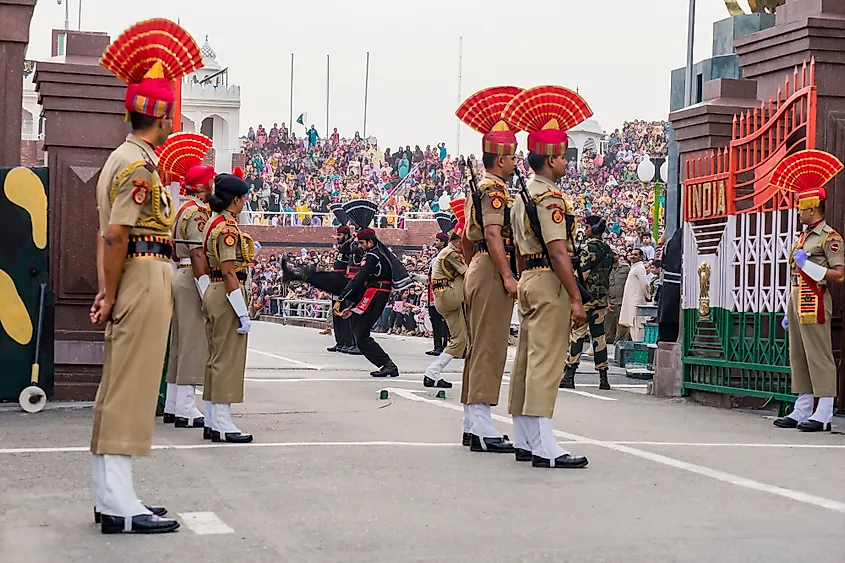
Located about 28km from the city of Amritsar, Wagah serves as an army outpost on the International India-Pakistan border between the cities of Amritsar and Lahore. It features an elaborate complex of roads, buildings, and barriers on both sides. The daily highlight is the “Lowering of the Flags” ceremony that is jointly performed by the soldiers of the Border Security Force of India and the Pakistan Rangers, every day about two hours before sunset. Hundreds of spectators gather on both sides of the border every evening to witness this ceremony.
Gobindgarh Fort
Situated at the heart of the holy city of Amritsar along the Grand Trunk Road is the Gobindgarh Fort. The Fort was originally built by Dhillon Jat in the 18th century and was known as the “Bhangian da Killa”. At the beginning of the 19th century, the fort was conquered by Maharaja Ranjit Singh and was then named after Guru Gobind Singh – the 10th Sikh Guru. The fort was strengthened by Maharaja Ranjit Singh to protect the holy Sri Harmandir Sahib and the city of Amritsar from attacks by the invaders.
Maharaja Ranjit Singh Museum
Situated at the center of Amritsar’s Ram Bagh Garden about 4km from the Golden Temple is the Maharaja Ranjit Singh Museum. The Ram Bagh Palace originally served as the summer palace of Maharaja Ranjit Singh and was later converted into a museum. The museum showcases the history, art, and architecture of the Sikhs during the 18th and 19th centuries. It also houses the objects that were associated with the Maharaja like his rich collection of weapons, spectacular paintings, valuable coins, and manuscripts.
